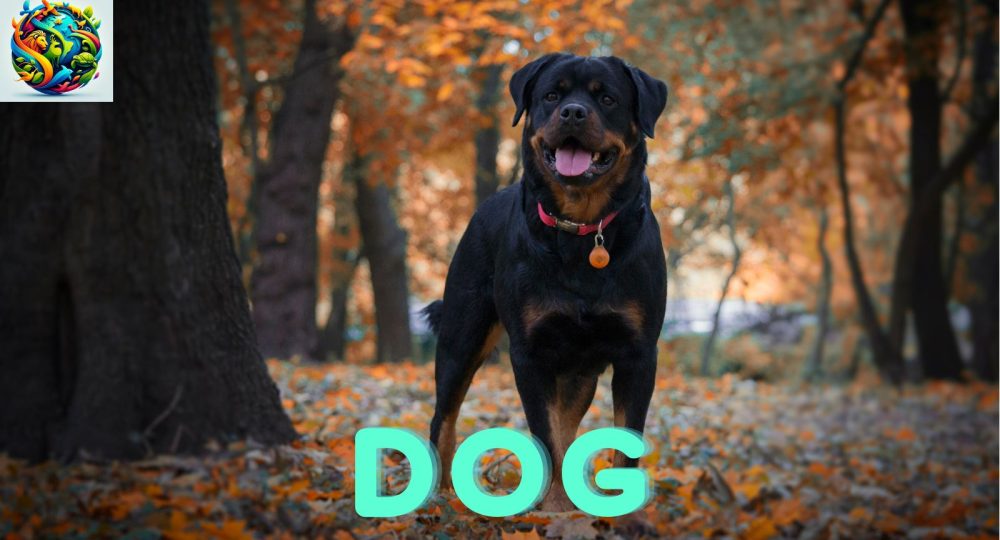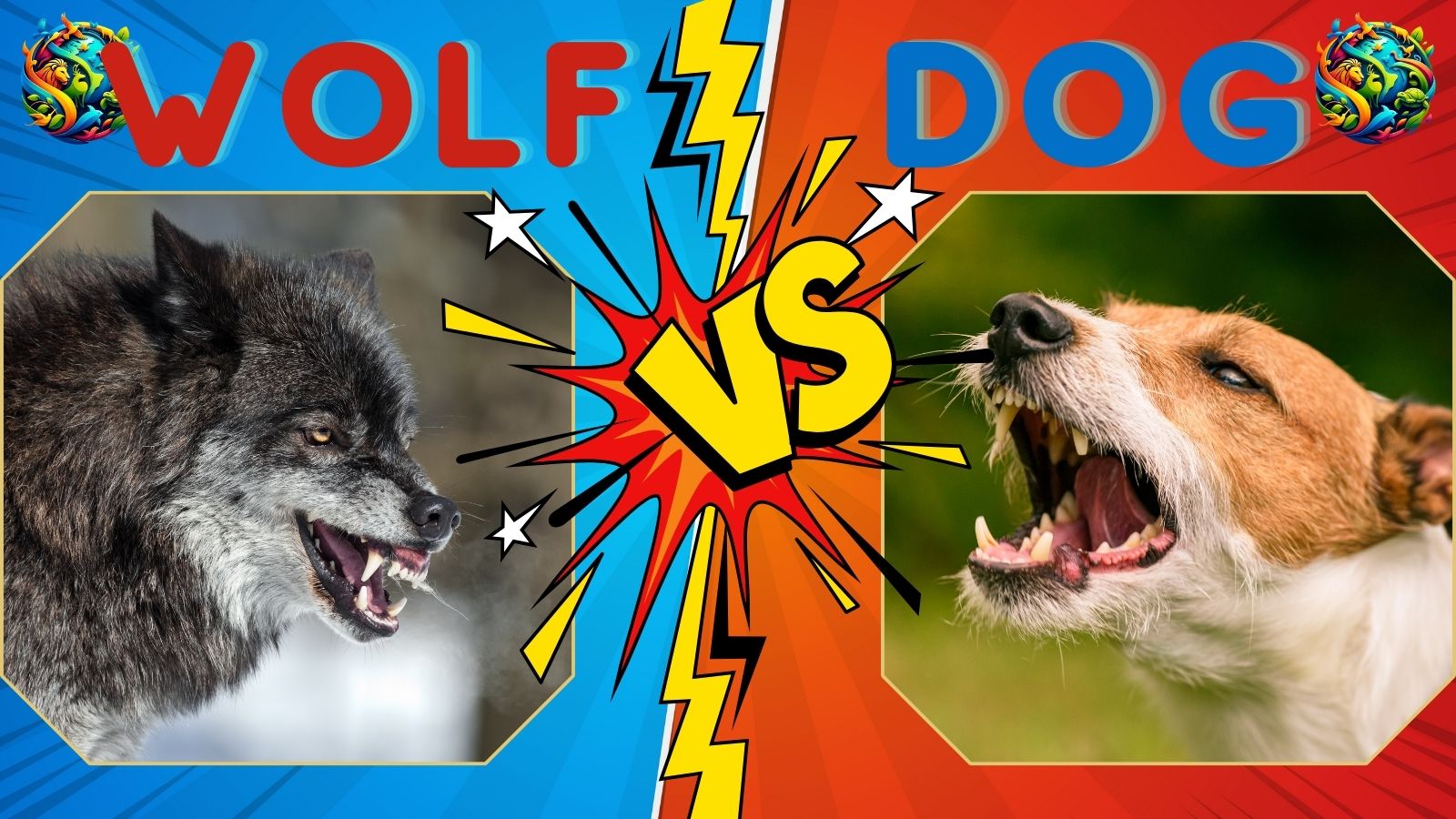Dogs: Our Loyal Companions and Guardians of the Human Heart

Dogs: Our Loyal Companions and Guardians of the Human Heart
Dogs, known as man’s best friend, hold a special place in the hearts of millions around the world. Their loyalty, intelligence, and versatility make them not just pets but members of the family. This article explores the fascinating world of dogs, from their origins and breeds to their roles in society and impact on human lives.
Introduction of Dogs
They (Canis lupus familiaris) have been companions to humans for thousands of years, evolving from wolves into a diverse array of breeds with a wide range of sizes, shapes, and personalities. Today, they serve not only as companions but also work in various roles, from assisting law enforcement to providing support for individuals with disabilities.
Amazing Fact
They have an extraordinary sense of smell. With the ability to detect odours at concentrations nearly 100 million times lower than humans can. This incredible olfactory capability is why dogs are used in search and rescue operations and the detection of diseases in humans. Even identifying contraband items during security checks.
Habitat/Food
Originally domesticated by wild wolves, they have adapted to live in virtually every human society around the world. Their diets can be as diverse as their breeds, ranging from commercial dog foods to diets specially tailored for health, performance, or dietary restrictions.
Appearance
Their appearance varies significantly across breeds, from the tiny Chihuahua to the towering Great Dane. Coat colours, textures, and patterns can vary widely, as can ear shapes, tail types, and body structures, reflecting the specific purposes for which different breeds were developed.
Types and Subspecies of Dogs
While they are technically a subspecies of wolves, the term “breeds” is more applicable when discussing their varieties. There are over 340 recognised dog breeds worldwide, categorised into groups such as working, herding, toy, sporting, hound, and non-sporting, each with unique characteristics and abilities.
Examples include:
- Herding Specie: Border Collie, Australian Shepherd
- Hunting Specie: Labrador Retriever, Beagle
- Working Species: Saint Bernard, Siberian Husky
- Companion Specie: Pomeranian, French Bulldog
Predator and Threat
As domestic animals, they don’t face natural predators in the way wild animals do, but they can be threatened by human activities, neglect, and abuse. Stray and homeless dogs also face challenges such as disease, starvation, and accidents.
Mating
They reach sexual maturity at different ages, depending on their size and breed. Responsible breeding practices are essential for the health and well-being of both the parents and offspring, with considerations for genetic health, temperament, and physical characteristics.
How They Communicate
They communicate through a combination of vocalisations, body language, and scent markers. Barking, whining, growling, and howling are just a few ways dogs express their emotions, intentions, and needs. Their body language, including tail wags, ear positions, and posture, provides further insight into their feelings and reactions.
Movies on Dogs
They have been featured in countless movies and shows, celebrated for their heroism, loyalty, and companionship. Films like “Lassie,” “Homeward Bound,” and “Marley & Me” have captured the hearts of audiences by showcasing the deep bond between dogs and their human families.
Pronunciation in Different Languages
The word “dog” is universally recognised, but it varies across languages.
- Spanish: perro
- French: chien
- Mandarin: 狗 (gǒu)
- German: Hund
- Japanese: 犬 (inu)
They enrich our lives in countless ways, offering companionship, protection, and unconditional love. Understanding and meeting their needs allows us to foster a mutually rewarding relationship with these incredible animals.
FAQs
How can I choose the right breed for my lifestyle?
- Answer: Consider factors such as your living space, activity level, and any allergies. Research breeds’ temperament, energy levels, and size to find a compatible match for your lifestyle.
Are they colour blind?
- Answer: They are not colour blind in the sense they see in black and white, but they perceive colours differently than humans. They can see shades of blue and yellow but have difficulty distinguishing between red and green.
How often should I take my pet to the vet?
- Answer: They should have at least an annual check-up with a veterinarian. Puppies with health issues may require more frequent visits.
Can they understand human emotions?
- Answer: Yes, they are highly attuned to human emotions. They can read our facial expressions, body language, and tone of voice to sense our feelings and react accordingly.
What can I do to keep them healthy?
- Answer: Provide a balanced diet, regular exercise, routine veterinary care, mental stimulation, and plenty of love and attention to ensure your dog’s physical and emotional well-being.
This Article is Sponsored by finctop.com







